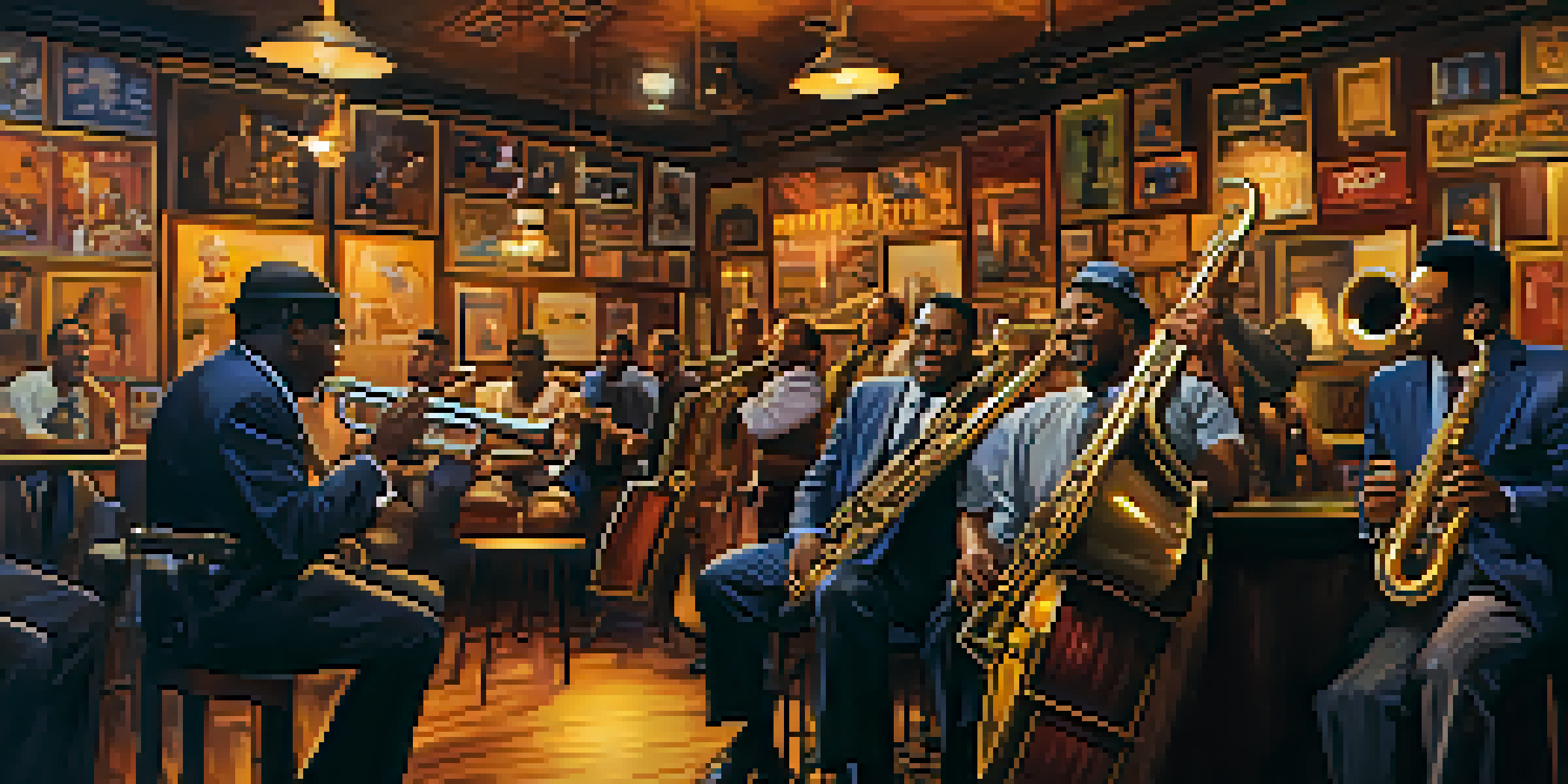How to Identify Different Musical Styles and Their Origins

Understanding Musical Styles: A Quick Overview
Musical styles are the unique fingerprints of music, shaped by culture, history, and social influences. Each style carries its own distinct elements, such as rhythm, melody, and instrumentation. By understanding these elements, listeners can appreciate the diversity of music around the world. Just as a painter uses different colors to create a masterpiece, musicians use various styles to express their artistry.
The Roots of Classical Music and Its Evolution
Classical music, with its intricate compositions and orchestral arrangements, dates back to the 9th century. Originating in Western Europe, it has evolved through various periods, including the Baroque, Classical, and Romantic eras. Composers like Bach, Mozart, and Beethoven pushed the boundaries of musical complexity, influencing generations of musicians. Today, classical music remains a cornerstone of music education and cultural heritage.
Diversity of Musical Styles
Musical styles reflect unique cultural identities and histories, offering listeners a rich tapestry of sound to explore.
Exploring Jazz: A Melodic Blend of Cultures
Jazz emerged in the early 20th century, primarily within African American communities in New Orleans. This genre combines elements of blues, ragtime, and European musical traditions, creating a rich tapestry of sound. The improvisational nature of jazz allows musicians to express personal emotions and experiences, making each performance unique. Legends like Louis Armstrong and Duke Ellington have shaped jazz into a global phenomenon.
The Rise of Rock: A Cultural Revolution
Rock music burst onto the scene in the 1950s, fueled by a mix of rhythm and blues, country, and folk influences. It became a voice for youth rebellion and cultural change, with iconic figures like Elvis Presley and The Beatles leading the charge. Rock's powerful rhythms and catchy melodies resonated with fans, paving the way for countless subgenres, from punk to metal. Its impact on society and music continues to be felt today.
Impact of Genre Evolution
Genres like classical, jazz, and rock have evolved over time, shaping societal change and influencing countless musicians.
Hip Hop: A Story of Expression and Innovation
Hip hop originated in the 1970s in the Bronx, New York, as a form of expression for marginalized communities. It encompasses not just music but also dance, art, and fashion, making it a multi-faceted cultural movement. With its rhythmic spoken word style, hip hop artists like Grandmaster Flash and Tupac Shakur have addressed social issues, personal struggles, and triumphs. As a result, hip hop has become a powerful voice for change worldwide.
Folk Music: The Heartbeat of Tradition
Folk music serves as a historical record, reflecting the traditions and stories of communities across generations. Often passed down orally, it encompasses various styles, from Appalachian ballads to Celtic tunes. Artists like Bob Dylan and Joan Baez have brought folk music into the mainstream, highlighting its relevance in modern society. Through storytelling and simple melodies, folk music continues to resonate with audiences today.
Regional Music's Cultural Significance
Regional musical styles tell the stories of their communities, fostering appreciation for global diversity and cultural heritage.
Electronic Music: The Future of Sound
Emerging in the late 20th century, electronic music utilizes technology and digital instruments to create innovative sounds. Genres like techno, house, and dubstep have revolutionized the music scene, attracting a diverse audience. Pioneers such as Kraftwerk and Daft Punk have pushed boundaries, blending electronic elements with traditional music styles. As technology continues to advance, electronic music will likely evolve, offering even more creative possibilities.
Recognizing Regional Styles and Their Significance
Each region of the world boasts its own musical styles, shaped by local culture, history, and instruments. From the vibrant salsa of Latin America to the haunting melodies of Middle Eastern music, regional styles tell unique stories. Understanding these styles fosters appreciation for global diversity and cultural heritage. By exploring local music, listeners can connect with different communities and their rich traditions.